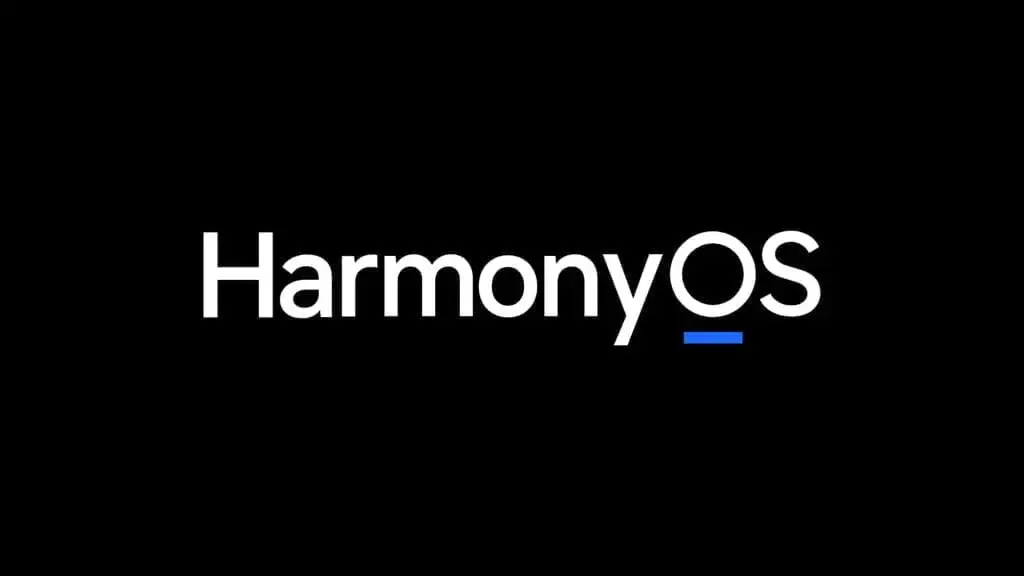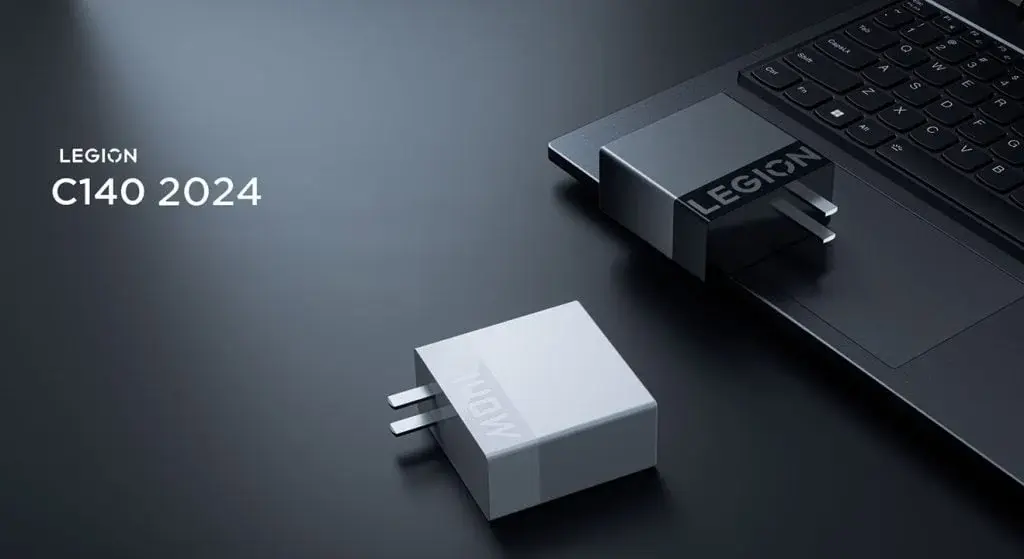ASRock Introduces DeskMeet X600 and DeskMini X600 Line of Personal Computers
ASRock, a prominent manufacturer of motherboards, has officially revealed the introduction of their latest line of personal computers, the DeskMeet X600 and DeskMini X600 series. These cutting-edge PCs are designed to support AMD AM5 Ryzen processors, including the highly-anticipated 7000 and 8000 series, delivering a blend of performance and features at an attractive price point.
DeskMeet X600 Series: Robust and Adaptable
The DeskMeet X600 series is engineered to accommodate up to four DDR5 memory modules, boasting an expansive memory capacity of 256GB. Utilizing PCIe 5.0 technology for M.2 SSDs, this series ensures swift data transfer speeds. Moreover, with the inclusion of Dragon 2.5G Ethernet, users can expect seamless high-speed internet connectivity.
Equipped with a 500W ATX Power supply for heightened performance and stability, this series is compatible with PCIe 4.0 graphics cards, catering to demanding tasks such as content creation and AI applications.
DeskMini X600 Series: Compact and Potent
The DeskMini X600 series stands out as AMD’s premier AM5 Mini STX Platform. Supporting AMD AM5 65W CPUs, it delivers substantial computing power within a compact footprint. Despite its compact nature, the emphasis is on expandability and functionality.
Featuring two DDR5 SO DIMMs for smooth multitasking and enhanced graphics performance, this series offers two M.2 slots, one of which supports M.2 Gen5 SSDs, offering versatile storage options. 2.5G LAN connectivity and three video outputs further elevate the user experience.
Availability and Pricing Details
ASRock has not yet disclosed specifics regarding configurations, pricing, or availability of these systems. Anticipate their launch in diverse regions in the near future. To stay updated on the latest AMD innovations, keep an eye out for the Ryzen 8000 series CPUs.











